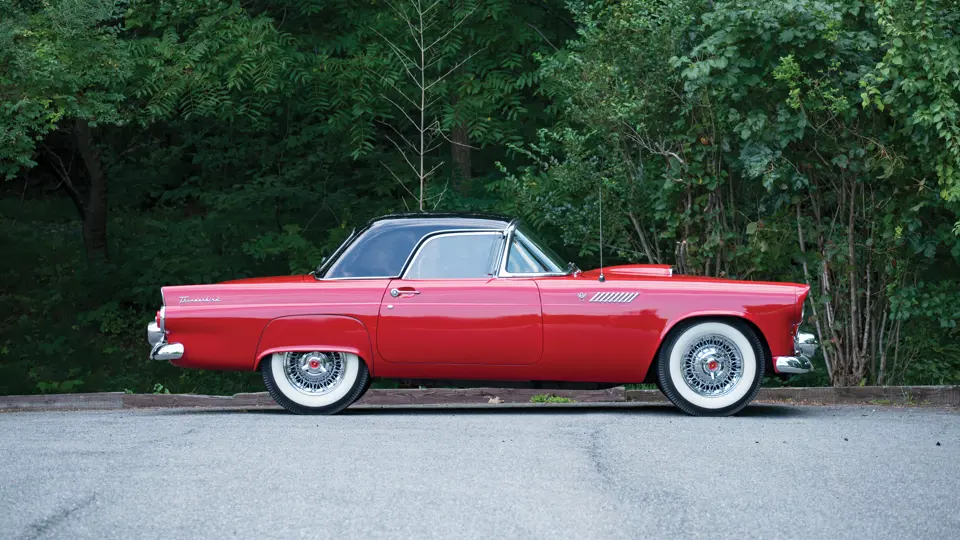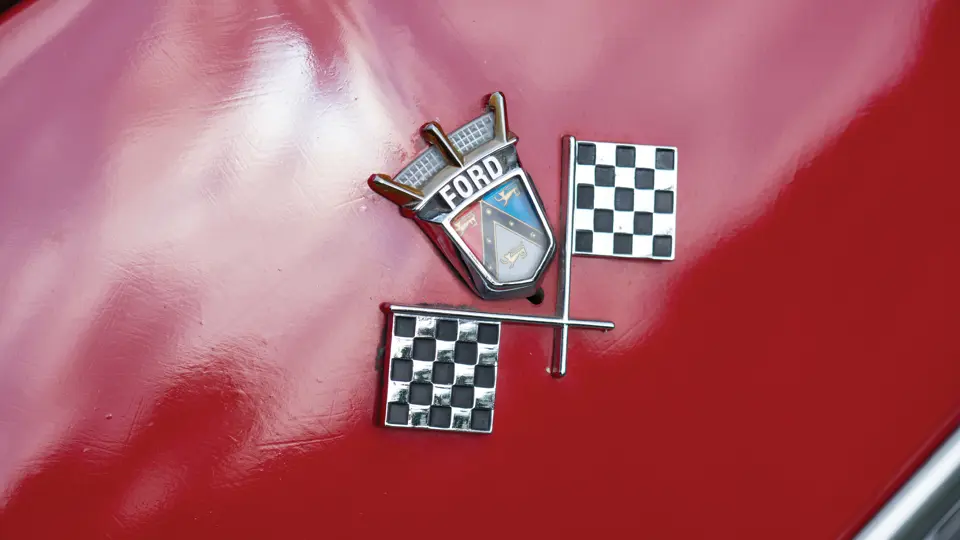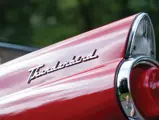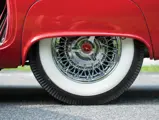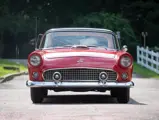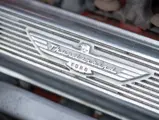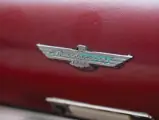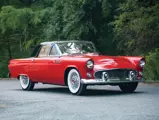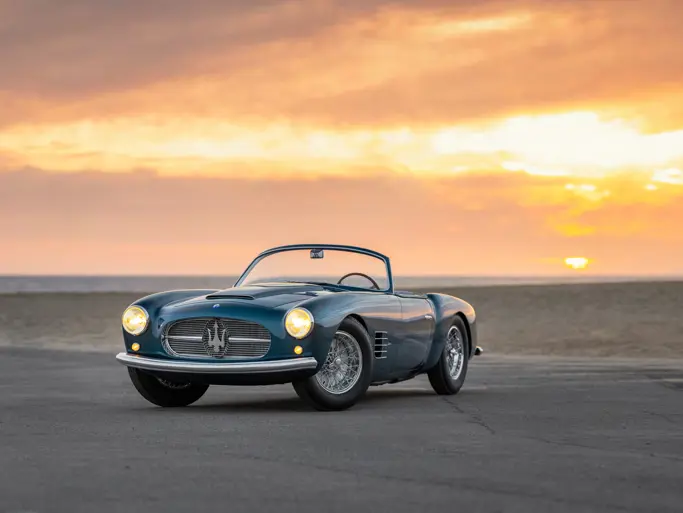In the early 1950s, a team of Ford Motor Company designers was given the green light to move forward with a bold new project; a mass-produced two-seat sports car. Much to the dismay of the design team, Chevrolet beat Ford to the punch when GM introduced its own two-seater, the Corvette, at the Waldorf Astoria Motorama in January 1953. Not until one year later, at the 20 February 1954 Detroit Auto Show, was Ford’s offering, the Thunderbird, introduced. Over the following decades, these two legendary automobiles established a new market segment and spawned many competitors, cementing forever their status as American icons in the process.
The first production Thunderbird rolled off the line on 9 September 1954, and the car was introduced to the public on 22 October. Standard features were power steering, brakes, windows, and a four-way seat with options, including a radio, heater, and choice of a three-speed manual or Ford-O-Matic automatic transmission. With a 292-cu. in. V-8 under the hood, there was ample power to smoothly cruise the new interstates of America was abundant.
As a result of its clean styling, luxurious interior, and V-8 power, the Thunderbird triumphed over the early Corvette’s novel fiberglass construction, anemic six-cylinder engine, and sports car austerity. The Thunderbird wildly outsold the Corvette in its first year of production, totaling 16,155 units to the Corvette’s 700.
The example offered here is finished in iconic Torch Red over a red and white interior, and it is equipped with a black folding soft top, power windows, full polished wheel covers, an AM radio, and wide whitewall tires. This Thunderbird is beautifully presented for driving in the last days of summer, and it is a wonderful opportunity to experience one of the most popular collectible automobiles of all time.




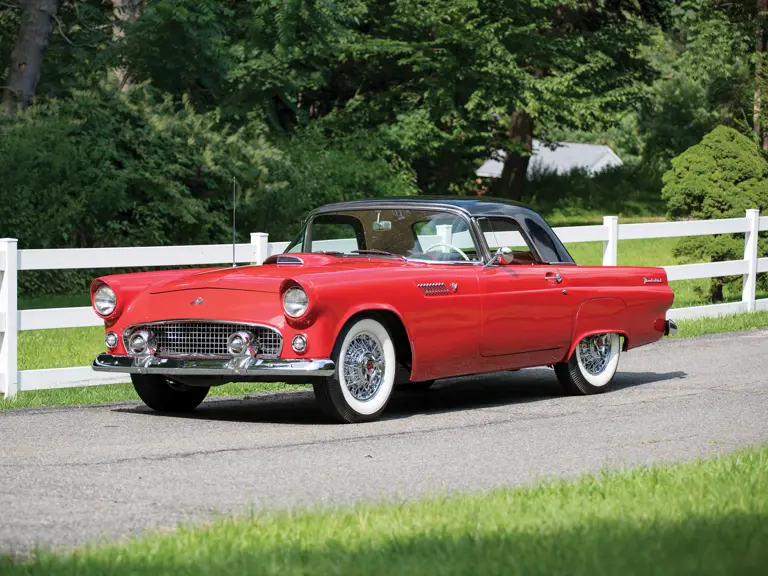
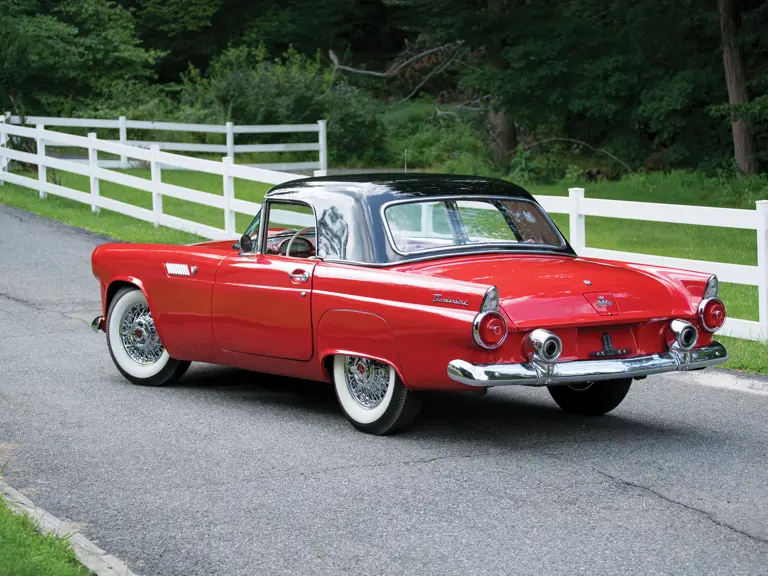
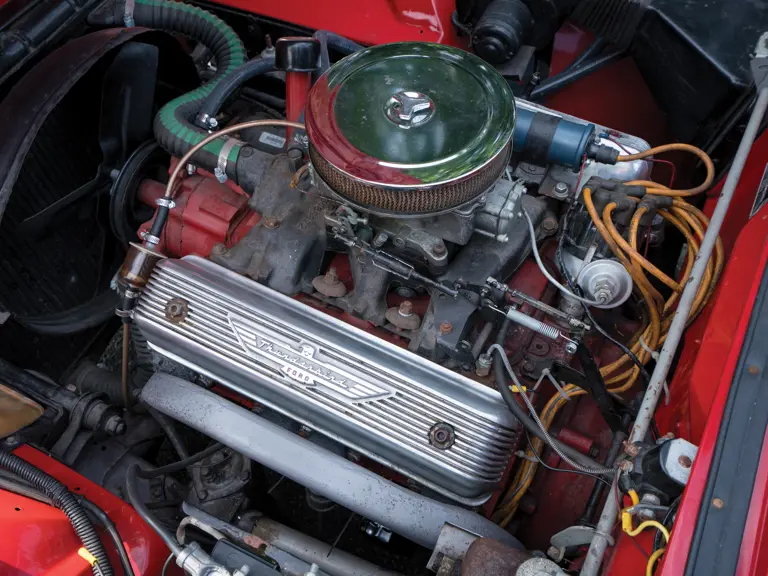
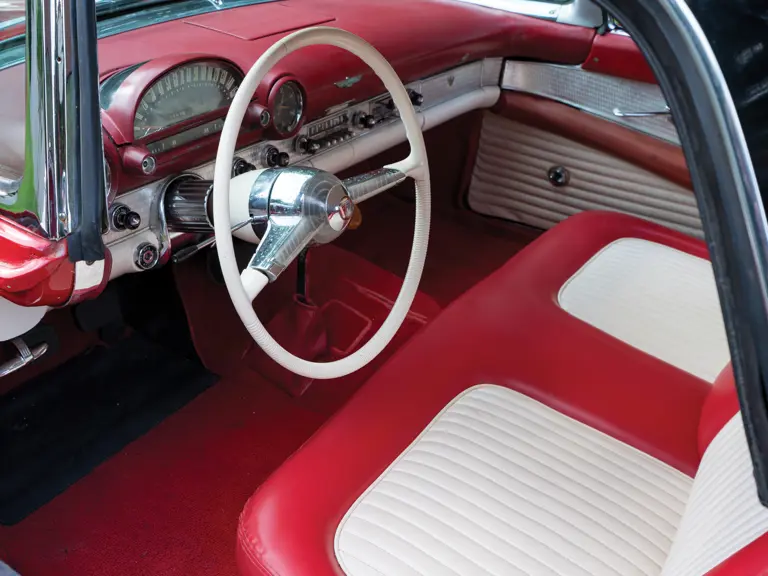
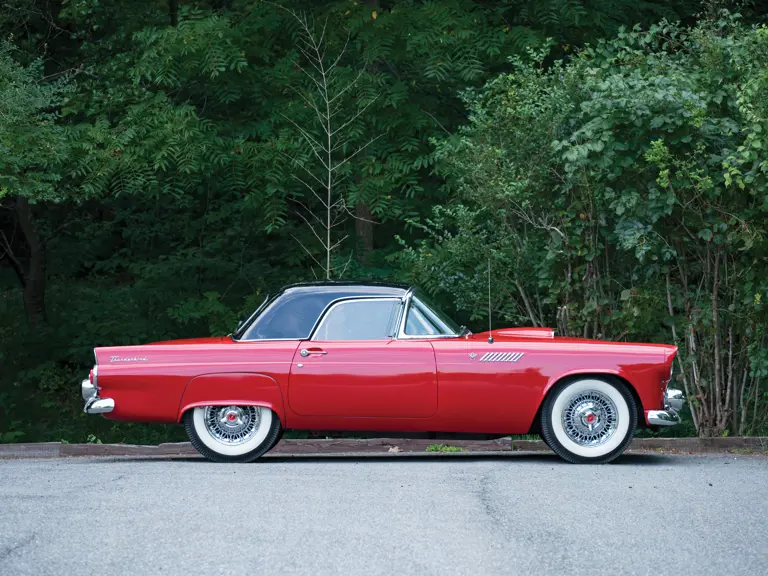
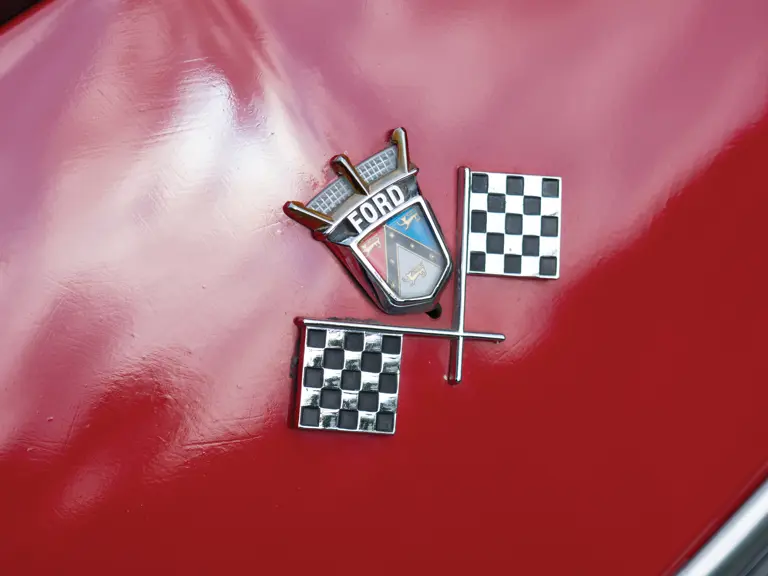
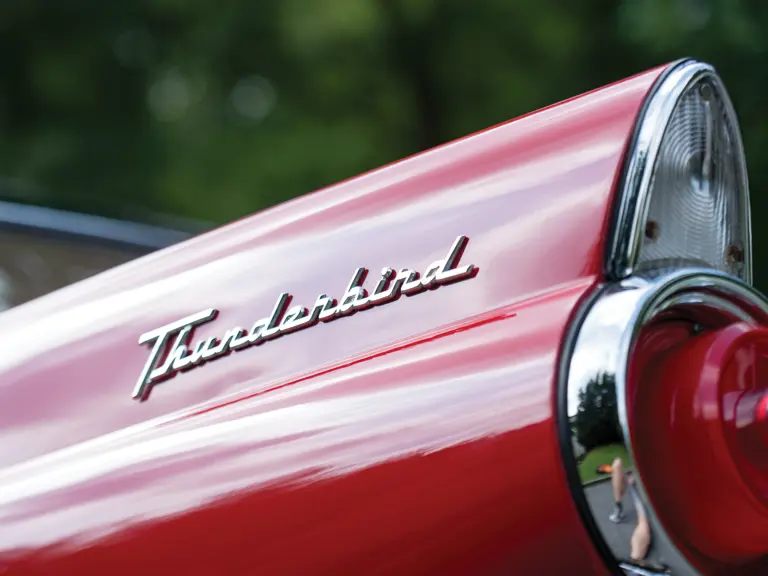
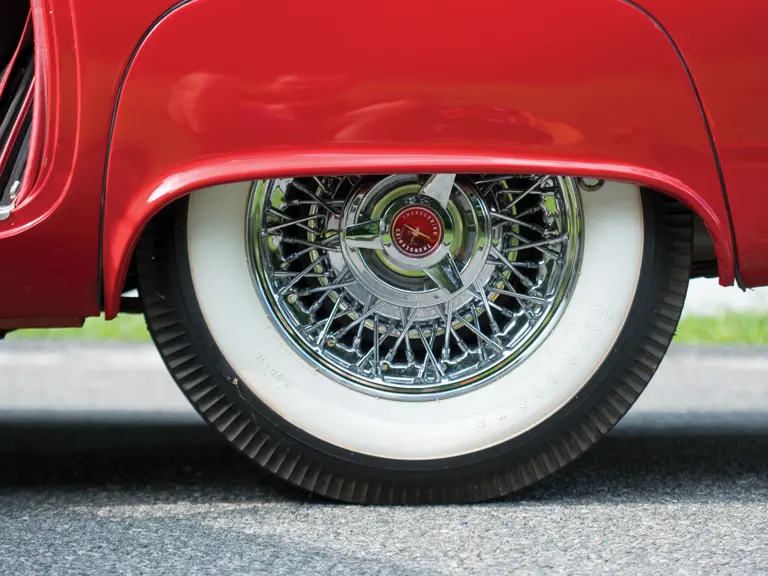
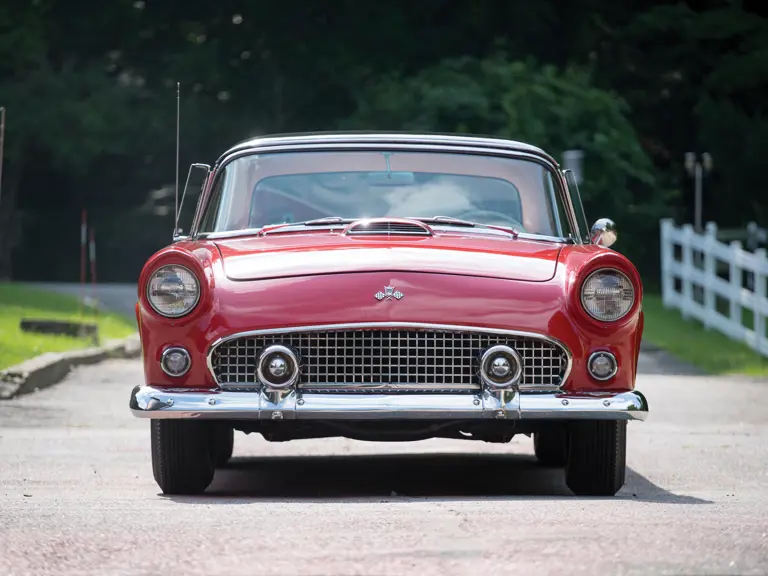
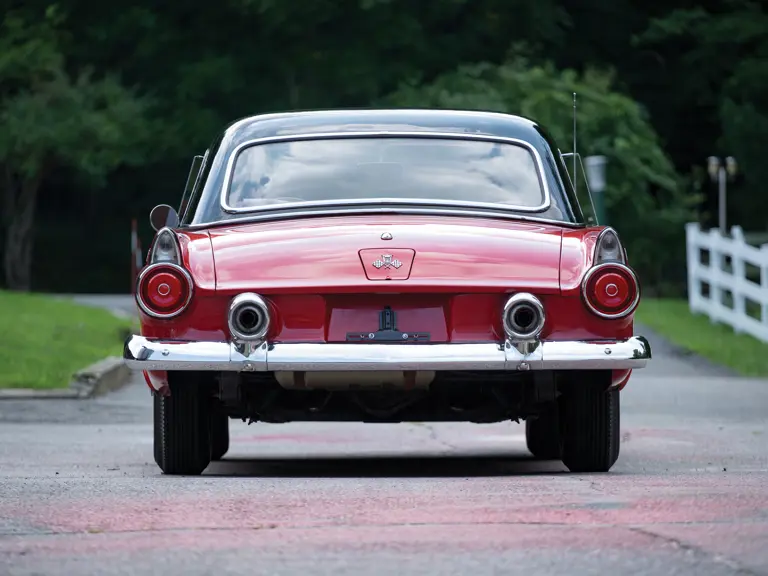

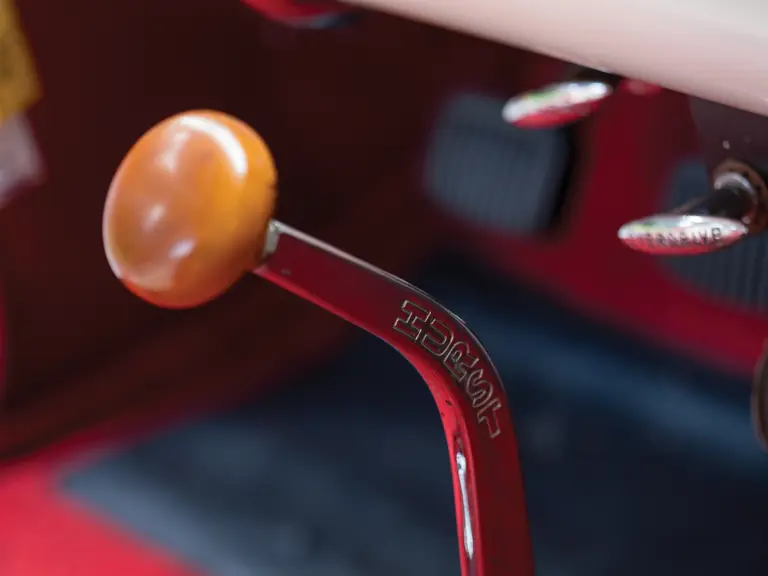
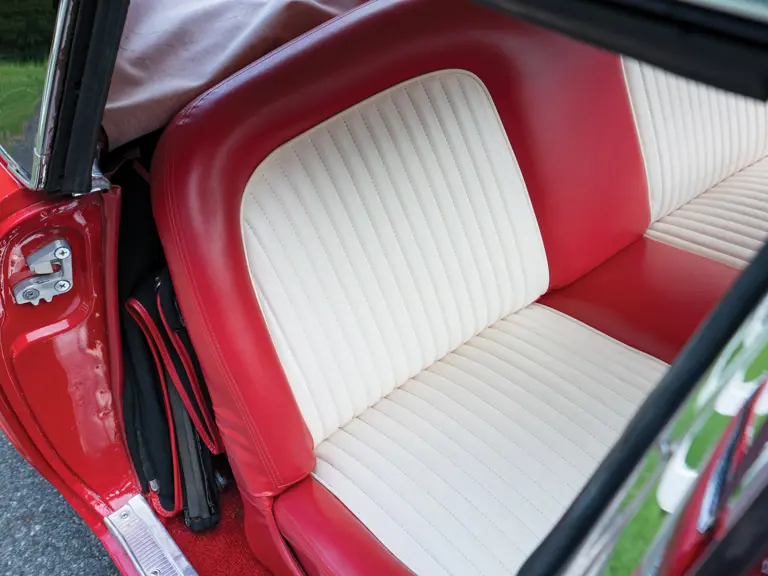

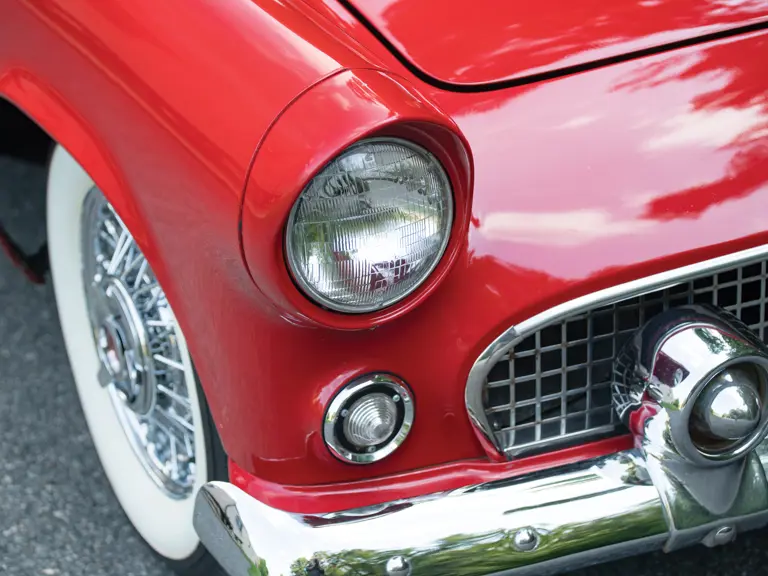
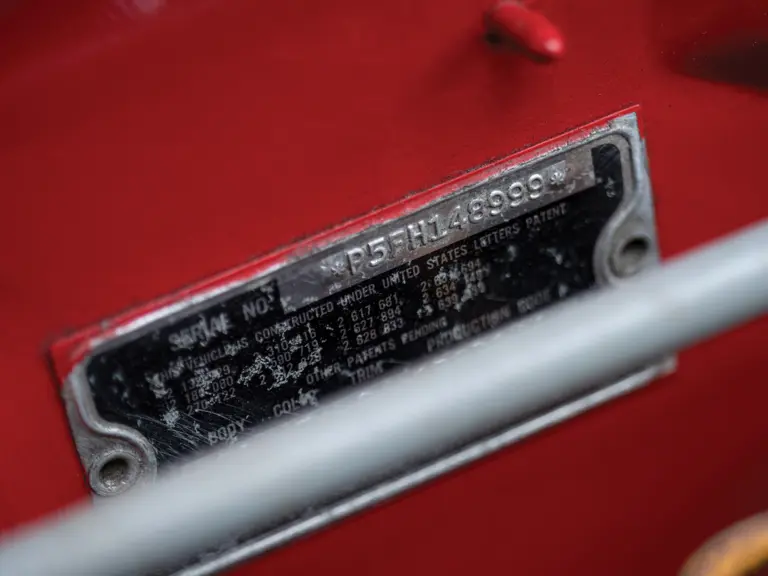
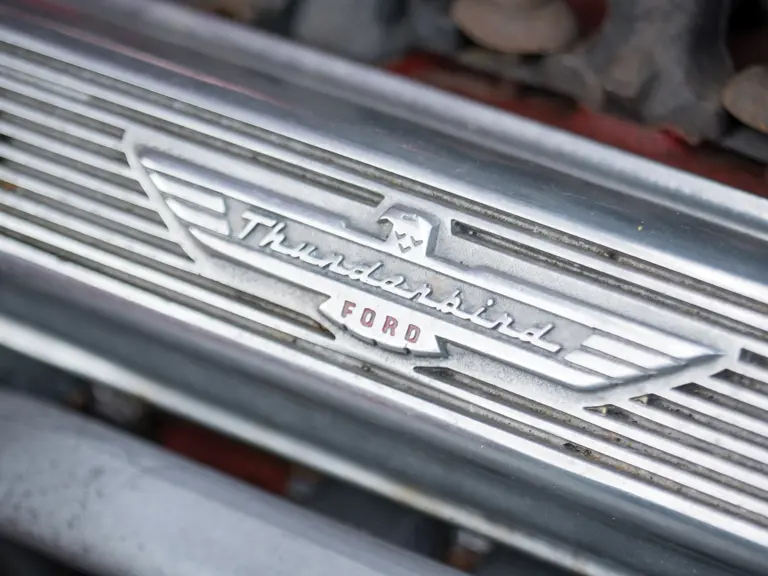

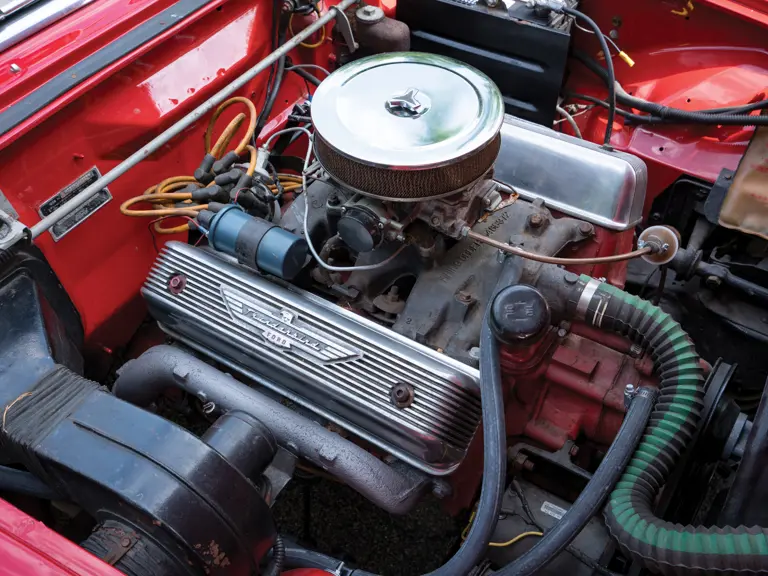
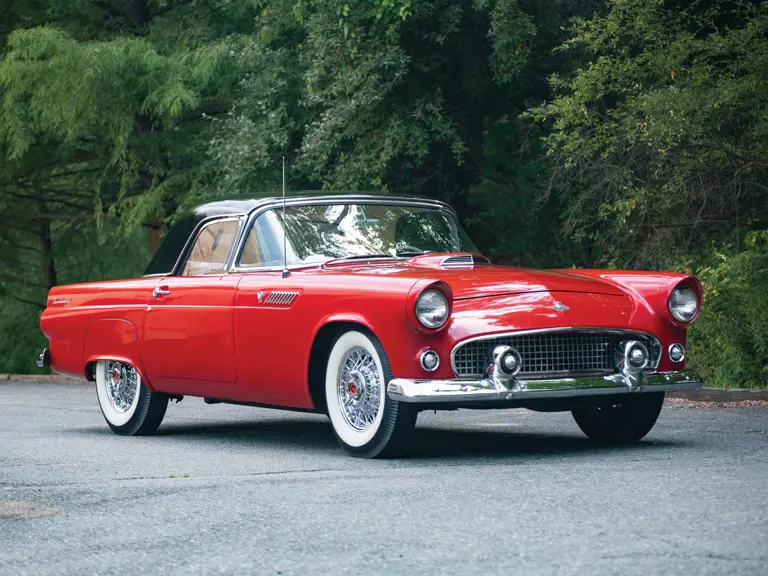
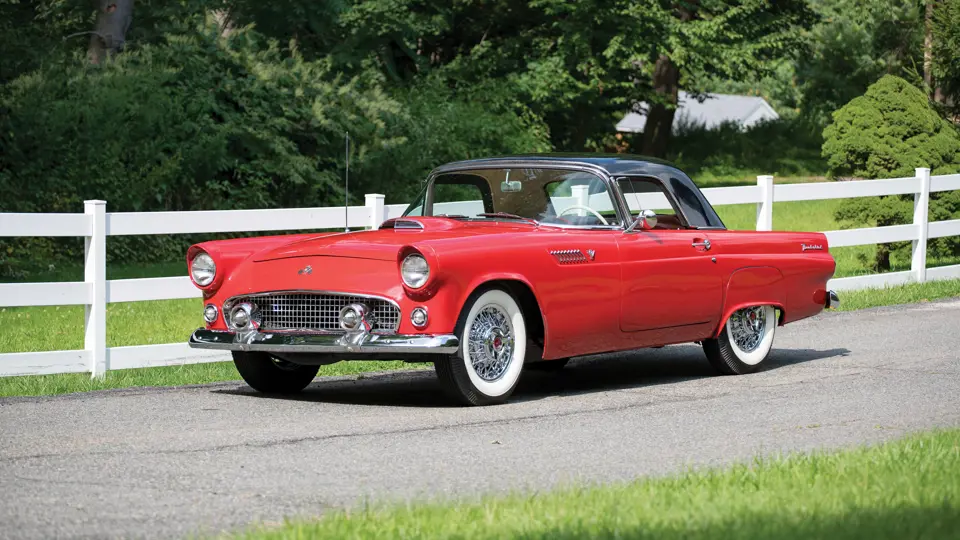
 | Hershey, Pennsylvania
| Hershey, Pennsylvania
